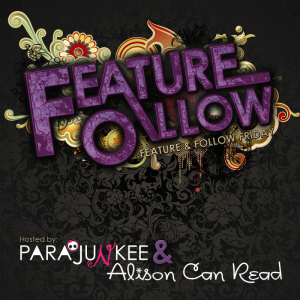Book Talk: What's in a Name?
One
of the pleasures of writing is the ability to draft a new world from scratch. You
not only have god-like power to create characters, you baptize them as well. If
your story is set in modern Western society, generally, anything goes. You can
dub a kid Fruit Stand if you want and no one will squawk. (I’ve heard worse baby
names from Hollywood.) Certain naming conventions still exist, however, and
it’s confusing when the rules are broken.
Girls’ names may end with an ‘a’, boys names do not. If you have two characters in the story named Will and Willa, you know instantly who is the boy and who is the girl. A diminutive boy’s name will end in ‘y’ rather than the feminine ‘i’ or ‘ie’ (Nicky is masculine, Nicki or Nickie is feminine.) You can give a girl a boy’s name, but not the other way around. Once a boy’s name is fully adopted by girls, it never goes back to being a boy’s name. Originally, Stacy, Leslie, and Tracy were all boys’ name. They have since faded from little blue baby books. More recently, Morgan and Taylor both started out as strictly masculine, but have grown more popular for girls. If you’re writing a story today with a studly male hero, don’t name him either Morgan or Taylor. Twenty years from now, it will only bring giggles when the heroine heaves a yearning sigh for what all your readers will assume is a peculiar girl with bulging biceps and a penis.
Girls’ names may end with an ‘a’, boys names do not. If you have two characters in the story named Will and Willa, you know instantly who is the boy and who is the girl. A diminutive boy’s name will end in ‘y’ rather than the feminine ‘i’ or ‘ie’ (Nicky is masculine, Nicki or Nickie is feminine.) You can give a girl a boy’s name, but not the other way around. Once a boy’s name is fully adopted by girls, it never goes back to being a boy’s name. Originally, Stacy, Leslie, and Tracy were all boys’ name. They have since faded from little blue baby books. More recently, Morgan and Taylor both started out as strictly masculine, but have grown more popular for girls. If you’re writing a story today with a studly male hero, don’t name him either Morgan or Taylor. Twenty years from now, it will only bring giggles when the heroine heaves a yearning sigh for what all your readers will assume is a peculiar girl with bulging biceps and a penis.
Lastly,
fit the name with the era. I don’t care how much you like Mackenzie. Nobody,
but nobody, gave their daughter that name in 1850’s Boston. Lists of names for
particular time periods are found easily on the Internet. Credibility is lost with
readers when you don’t do the research. Don’t forget to work backwards with an
older character. Use a list of names popular when the person was supposed to
have been born. A sixty-five year old grandmother living in 2013 might be Betty
or Susan, but definitely not Addison.
Ready
to break the rules? An upcoming blog will deal with fantasy names. (Or Why I’ll
Never Warm up to Peeta from The Hunger Games.)
----------------------------------
L.
A. Kelley is the author of The Naughty List. She’s married
with three kids and lives in Florida where the heat and humidity has driven
everyone slightly mad. She never cleans under her sofa. You can find her at http://lakelleythenaughtylist.blogspot.com


I loved this post! I couldn't agree more with every point. It comes down to thinking about the names in the long run and not just using a personal favorite from a top 10 list. Another issue that I'd add is having too many similar names in the same story. For instance, three best friends named Helena, Helen, and Hannah. The mind starts to confuse them and it gets frustrating. Of course there are always exceptions...but for the most part, spot on! ~Jessi
ReplyDeleteJessi, so true. An reader shouldn't need crib notes to keep characters straight.
DeleteGreat post. I agree names need to make sense for the book and the time period. I do like that contemporaries have really unique names. It helps in remembering the characters when you don't have the same name across multiple books you're reading.
ReplyDeleteThanks, Julie. I appreciate unique clever names, too, although an author has to be careful not to trip over the thin line between unique and dumb.
Delete